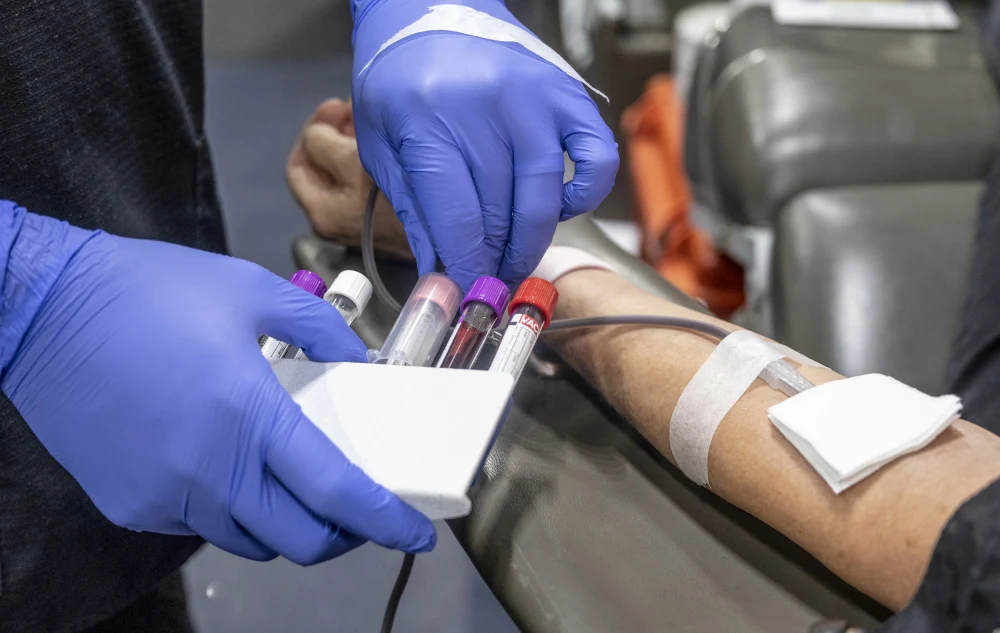
Recent research suggests that iron deficiency in adults may be more common than previously thought, affecting nearly one in three Americans. This condition, often undiagnosed, can lead to significant health issues, including fatigue, brain fog, and difficulty concentrating.
Study Findings
A comprehensive analysis of data from over 8,000 adults in the U.S. revealed that:
- 14% had absolute this mineral deficiency, characterized by low iron blood levels.
- 15% experienced functional iron deficiency, where this mineral levels are adequate, but the body cannot utilize them effectively.
This study, published in JAMA Network Open, emphasizes that many adults are not routinely screened for iron deficiency, leading to widespread underdiagnosis.
Dr. Leo Buckley, a researcher at Brigham and Women’s Hospital, highlighted the seriousness of this public health issue. He stated, “This is a common yet underappreciated public health problem.” Dr. Andrew Eisenberger, a hematologist at Columbia University, added that while this mineral deficiency is rarely life-threatening, it significantly impacts quality of life, causing many to “run on fumes.”
Despite regular screenings for anemia, many individuals can still experience iron deficiency without being diagnosed. Dr. Eisenberger pointed out that this condition is preventable and that awareness among both healthcare providers and patients is crucial. “So many people suffer tremendously,” he noted, emphasizing the potential for improved quality of life with proper treatment.
Health Data Analysis
The Brigham and Women’s Hospital researchers utilized data from the National Health and Nutrition Examination Survey, covering health information collected from 2017 to 2021. The study included 8,021 adults, averaging 48 years old, none of whom had conditions typically associated with iron deficiency, such as anemia or pregnancy.
Identifying At-Risk Groups
Who is Most Affected?
- Women: The largest risk factor for this mineral deficiency.
- Pregnant Women: Require an additional 1,000 to 1,500 mg. Late screenings can lead to inadequate levels affecting both mother and child.
- Postpartum Women: Also at risk for deficiency.
- Menstrual Bleeding: Women and girls with heavy periods are particularly vulnerable due to blood loss.
After menopause, rates of iron deficiency between men and women tend to equalize. Both genders can also experience functional this mineral deficiency due to inflammatory conditions like rheumatoid arthritis.
Nutritional Sources of Iron
Certain diets, especially vegetarian and vegan, may lack sufficient iron. The best sources of dietary this mineral include:
- Red Meat: Contains heme mineral, which is most easily absorbed.
- Seafood and Shellfish
- Legumes: Such as beans
- Dark Green Leafy Vegetables: Like spinach
- Dried Fruits: Such as raisins and apricots
Risks Associated with Iron Deficiency
While this mineral deficiency is usually not immediately life-threatening, severe anemia can lead to dangerous situations, such as fainting or increased risk of heart attack or stroke. Furthermore, it can signal underlying health issues, including gastrointestinal bleeding or colorectal cancer.
Iron deficiency is a significant health concern that often goes unnoticed. Awareness and appropriate screening are essential to prevent its effects on quality of life. Addressing this issue can lead to improved health outcomes for many individuals.
This is essential for overall health, and maintaining adequate levels is crucial for well-being.
Source: https://www.nbcnews.com/health/health-news/iron-deficiency-adults-higher-expected-study-rcna172246
More: https://exploration-echo.com/2024/09/07/delicious-autumn-drinks-to-keep-your-immune-system-strong/